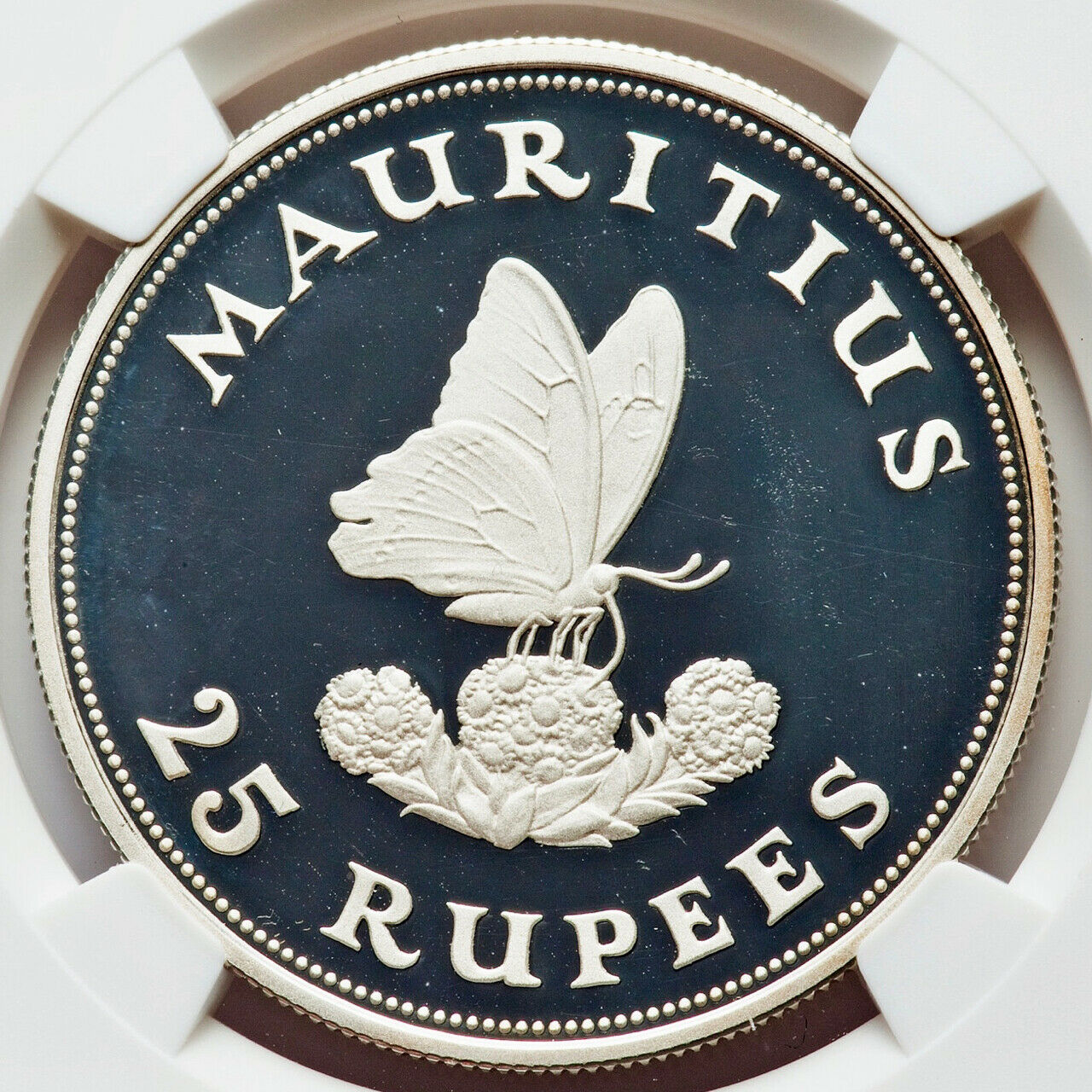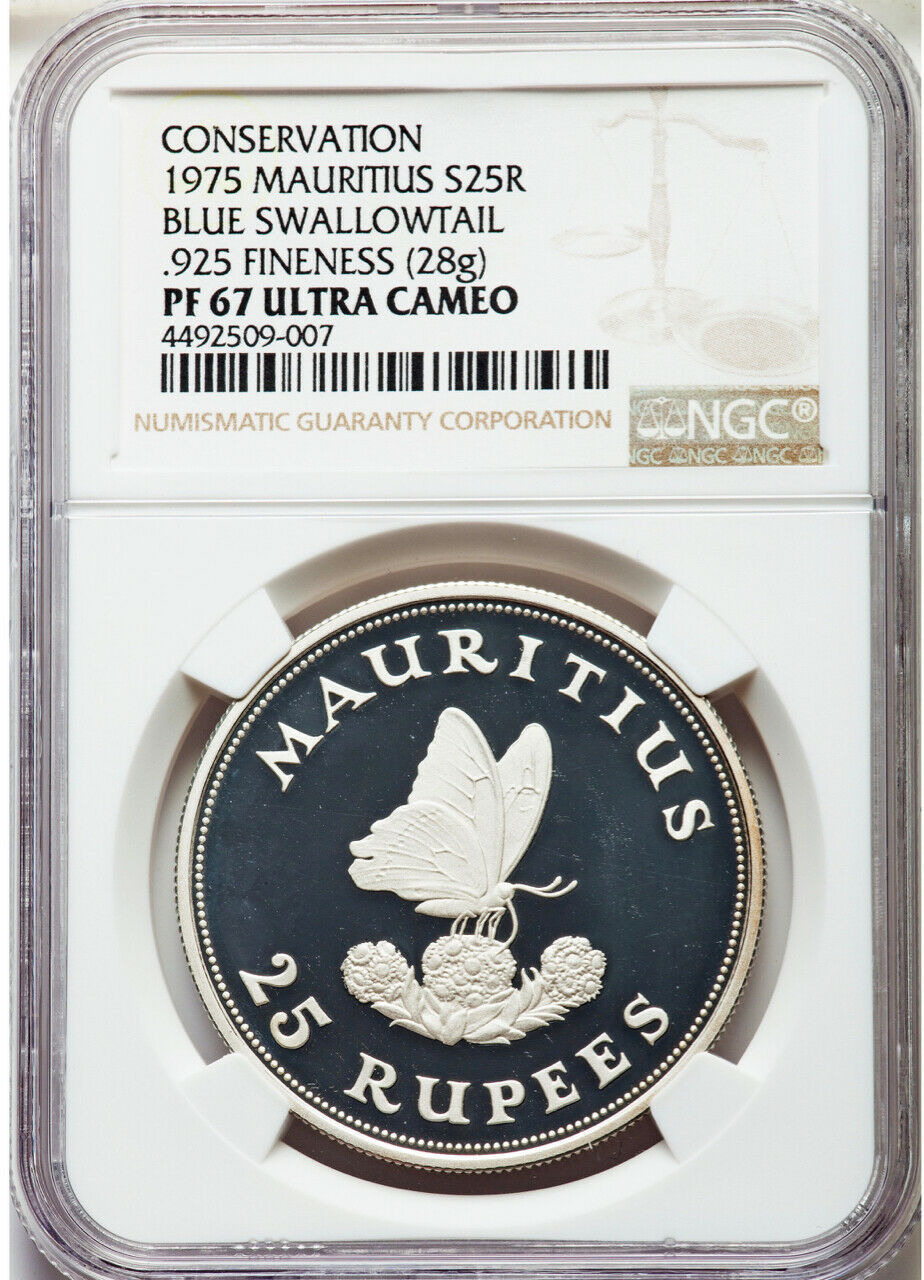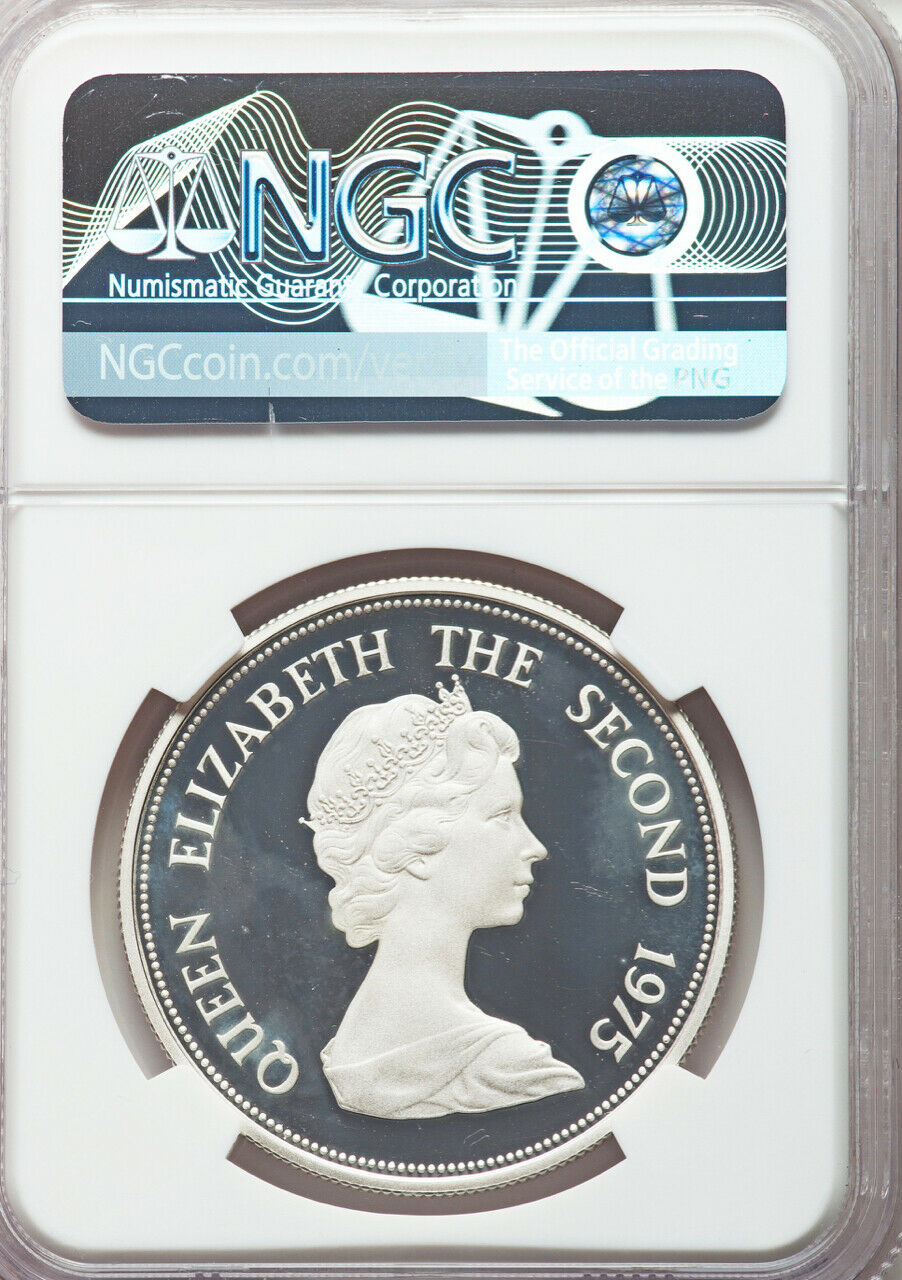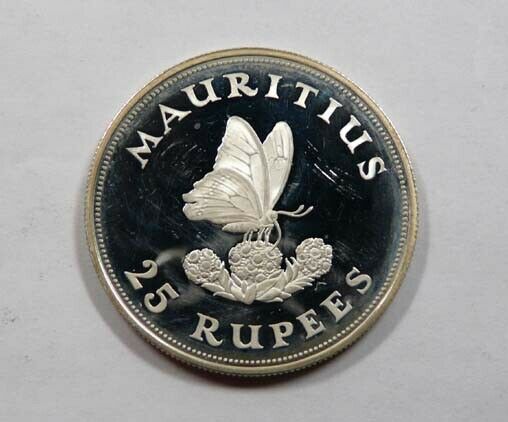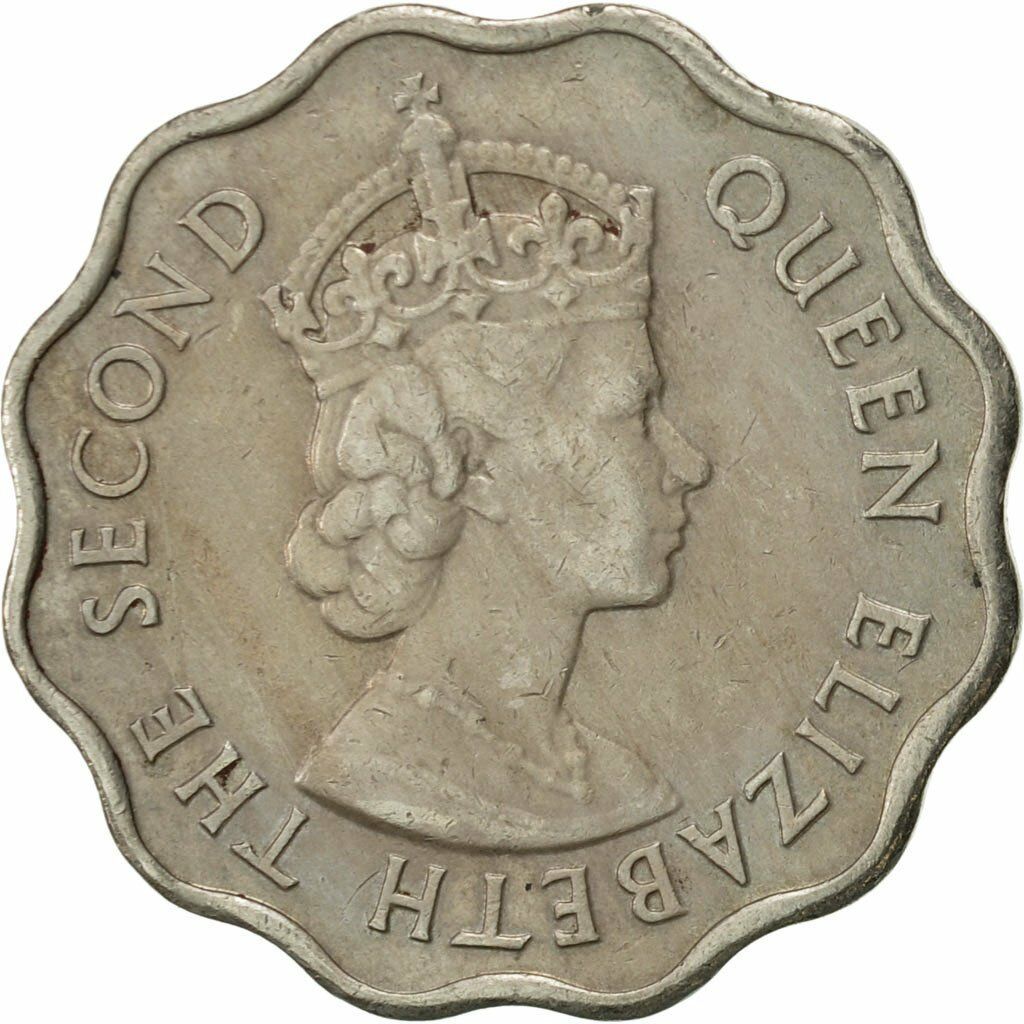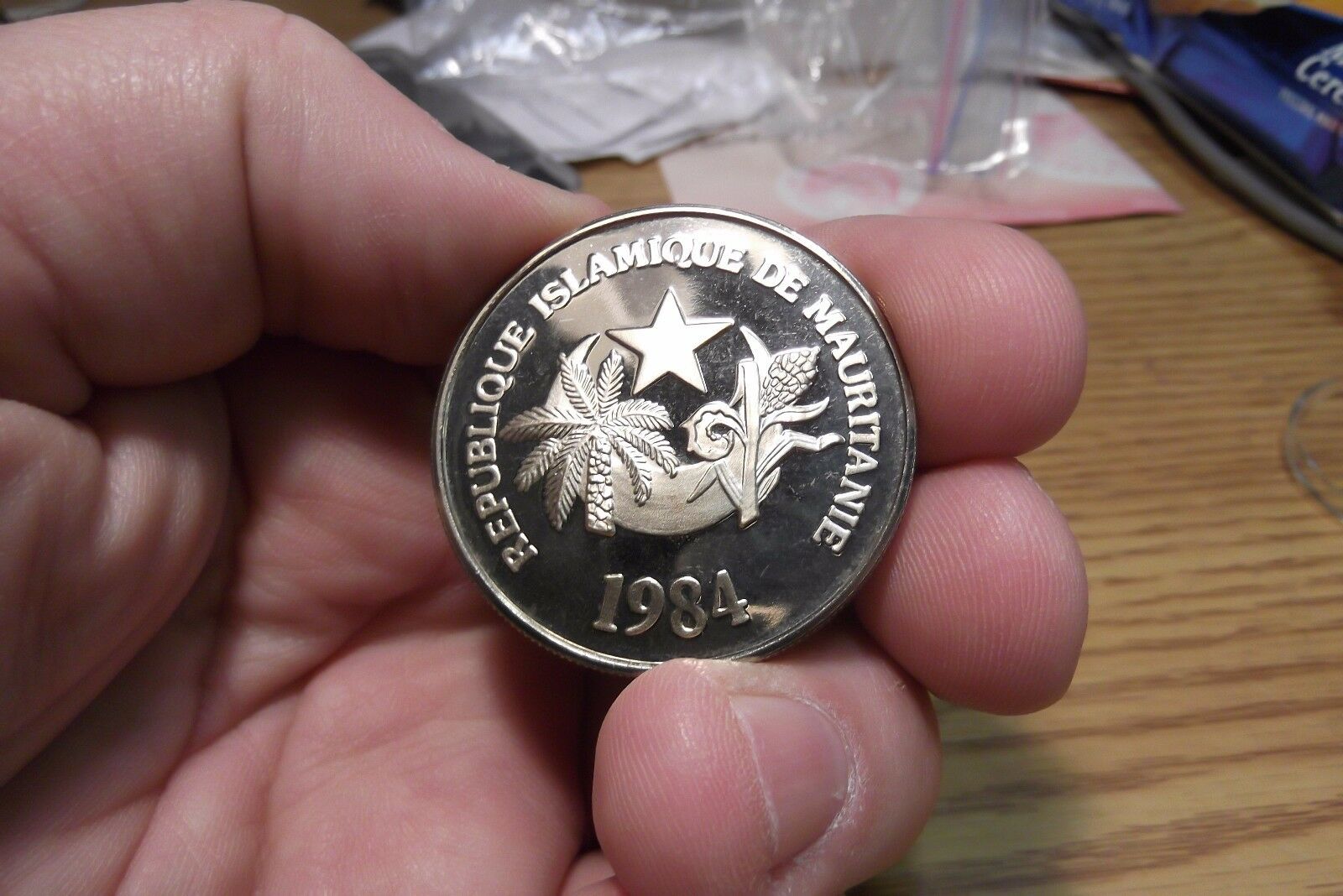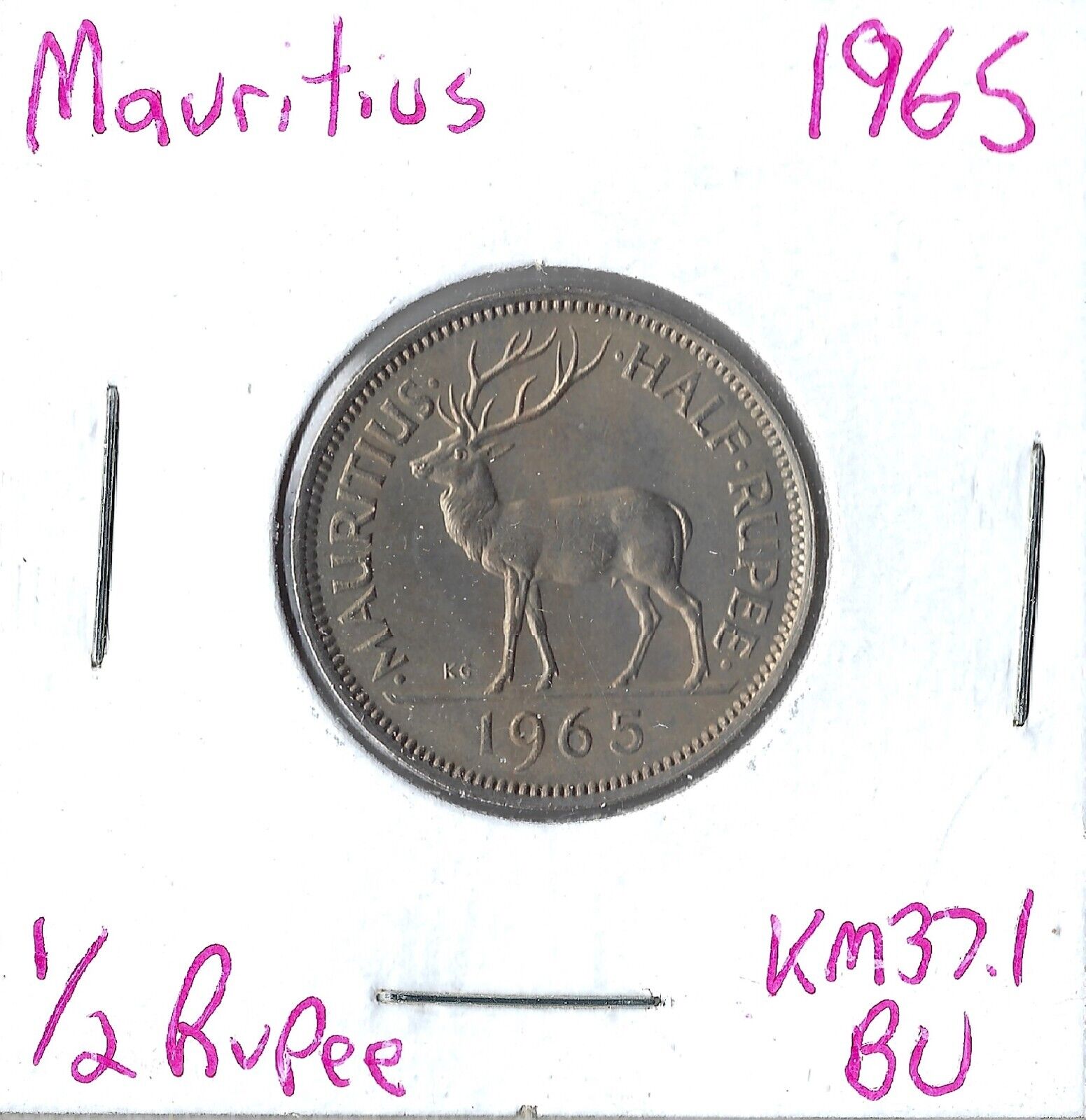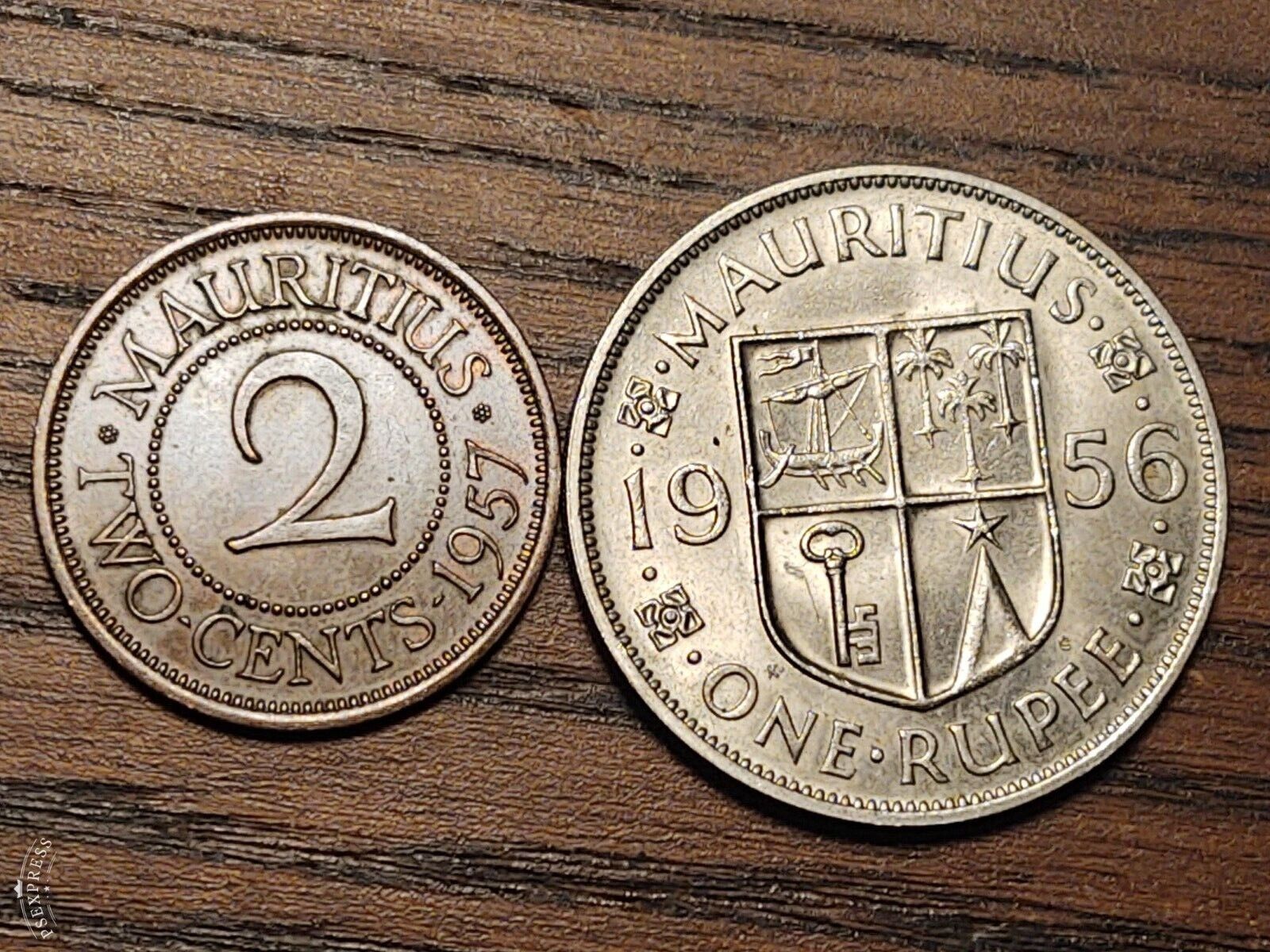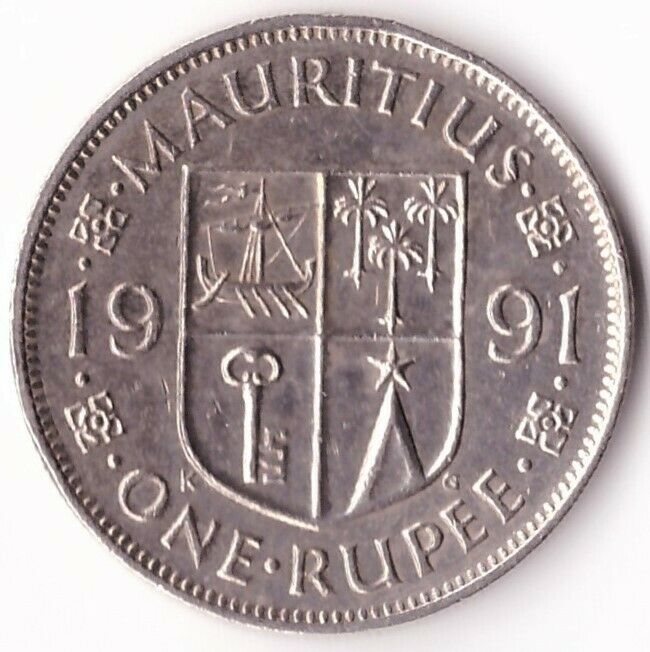-40%
Mauritius Blue Swallowtail 25 Silver Rupees Proof 1975 NGC PR-67UC CHOICE GEM
$ 66
- Description
- Size Guide
Description
Mauritius (/məˈrɪʃ(i)əs, mɔː-/ (About this soundlisten); French: Maurice, Creole: Moris [moʁis]), officially the Republic of Mauritius (French: République de Maurice, Creole: Repiblik Moris), is an island nation in the Indian Ocean. The main Island of Mauritius is located about 2,000 kilometres (1,200 mi) off the southeast coast of the African continent. The Republic of Mauritius also includes the islands of Rodrigues, Agalega and St. Brandon.[7][8] The capital and largest city Port Louis is located on the main island of Mauritius.In 1598, the Dutch took possession of Mauritius. They abandoned Mauritius in 1710 and the French took control of the island in 1715, renaming it Isle de France. France officially ceded Mauritius including all its dependencies to the United Kingdom (UK) through the Treaty of Paris, signed on 30 May 1814 and in which Réunion was returned to France. The British colony of Mauritius consisted of the main island of Mauritius along with Rodrigues, Agalega, St Brandon, Tromelin and the Chagos Archipelago, while the Seychelles became a separate colony in 1906.[7][9] The sovereignty of Tromelin is disputed between Mauritius and France as some of the islands such as St. Brandon, Chagos, Agalega and Tromelin were not specifically mentioned in the Treaty of Paris.[10]
In 1965, three years prior to the independence of Mauritius, the UK split the Chagos Archipelago from Mauritian territory, and the islands of Aldabra, Farquhar and Desroches from the Seychelles, to form the British Indian Ocean Territory (BIOT).[11] The UK forcibly expelled the archipelago's local population and leased its largest island, Diego Garcia, to the United States. The UK has restricted access to the Chagos Archipelago; it has been prohibited to casual tourists, the media, and its former inhabitants.[12] The sovereignty of the Chagos is disputed between Mauritius and the UK. In February 2019, in an advisory opinion given by the International Court of Justice on this dispute, the UK was ordered to hand back the Chagos Islands to Mauritius as rapidly as possible.
The people of Mauritius are multiethnic, multicultural and multilingual. The island's government is closely modelled on the Westminster parliamentary system, and Mauritius is highly ranked for democracy and for economic and political freedom. The Human Development Index of Mauritius is one of the highest in Africa. Mauritius is ranked as the most competitive and one of the most developed economies in the African region.[13] The main pillars of the Mauritian economy are manufacturing, financial services, tourism, and information and communications technology.[14] Mauritius is a welfare state; the government provides free universal health care, free education up to tertiary level and free public transport for students, senior citizens, and the disabled.[15] Along with the other Mascarene Islands, Mauritius is known for its varied flora and fauna, with many species endemic to the island. The island was the only known home of the dodo, which, along with several other avian species, was made extinct by human activities relatively shortly after the island's settlement.
